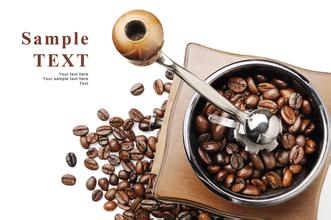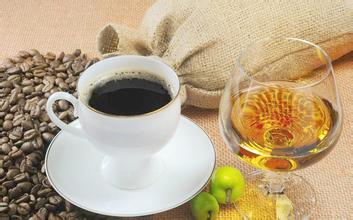What is the difference between coffee beans from different climates and altitudes?
What is the difference between coffee beans from different habitats, different climates and elevations?
The main producing areas are Java, Sulawesi and Sumatra, 90% of which are Robbota species. Indonesia's archipelago is the largest Robusta bean producing region in the world. Among them, Java and Sumatra Sumatra are the most famous.
In another article about how growers choose coffee varieties, I once said that altitude and climate affect coffee growers' choice of coffee beans. To put it simply, Arabica coffee likes to grow in the plateau with cool climate between 1800 and 6300 meters above sea level, while Robusta coffee likes to grow in lowland areas with warm climate between 600 and 2400 meters above sea level. From this we can see that altitude will greatly affect the quality and taste of coffee.
Rich in coffee production after Brazil, is the second largest coffee industry, from low-grade to high-grade products can be produced, some of which are rare in the world, mellow taste admiring. The most popular is Manning, which is rich in taste and has a pleasant sour taste. Supremo, which is also Colombia's first-class coffee, has a unique aroma and a sweet taste in bitterness. It's the best in coffee.
Arabica coffee has a varied and broad potential flavor. Arabica coffee produced in different regions, different elevations and different climatic areas usually has its own characteristics. It smells like grass when it is not roasted. After proper roasting, it shows fruity (light baking) and caramel sweetness (deep baking).
Coffee beans are graded in different countries according to different grading systems. Some of these classification processes are overly complex and ineffective, such as the Haitian classification method, while the classification devices used in Brazil, despite their complex structure, are indeed necessary. Overall, there are six export grades, the highest being SHB (strictly hard bean)-extra hard coffee beans, or highland coffee beans, produced in highlands no less than 400m above sea level

Important Notice :
前街咖啡 FrontStreet Coffee has moved to new addredd:
FrontStreet Coffee Address: 315,Donghua East Road,GuangZhou
Tel:020 38364473
- Prev

A brief introduction to the characteristic price of taste, roasting degree, flavor description and characteristic price of flower butterfly coffee beans
Butterfly coffee beans taste roast degree flavor description characteristic price introduction Poquet such a unique planting environment, naturally will not be the only emerald rose summer, regardless of flavor quality and value of the coffee king will; but drinking rose summer every day I think it is quite extravagant, and even if there is no economic pressure, it is not like eating shark's fin and bear's paw every day. Coffee
- Next

Coffee roasting shallow, medium to deep-A brief introduction to the detailed steps of the diagrams of roasting coffee beans
Coffee roasting shallow, medium-deep-very powerful coffee bean roasting detailed steps introduction to the water content of raw beans is generally 10-12%, while in the process of roasting, beans produce a lot of carbon dioxide and moisture, and over time make the density drop, the volume is large, the weight is small (a bit like the process of carbonization), this is a complex chemical degradation polymerization reaction, and then roasted beans in science.
Related
- Guji coffee producing area of Guji, Ethiopia: Humbela, Shakiso, Wulaga
- What is the most expensive variety of Qiloso in BOP multi-variety group?
- How to store the coffee beans bought home?
- Why are Yemeni coffee beans so rare now?
- Ethiopian Sidamo all Red Fruit Sun Sun Santa Vini Coffee beans
- SOE is mostly sour? What does it mean? Is it a single bean? what's the difference between it and Italian blending?
- Is Italian coffee beans suitable for making hand-brewed coffee?
- How to choose coffee beans when making cold coffee? What kind of coffee beans are suitable for making cold coffee?
- Just entered the pit to make coffee, what kind of coffee beans should be chosen?
- Can only Japan buy real Blue Mountain Coffee? What are authentic Jamaican Blue Mountain coffee beans?

